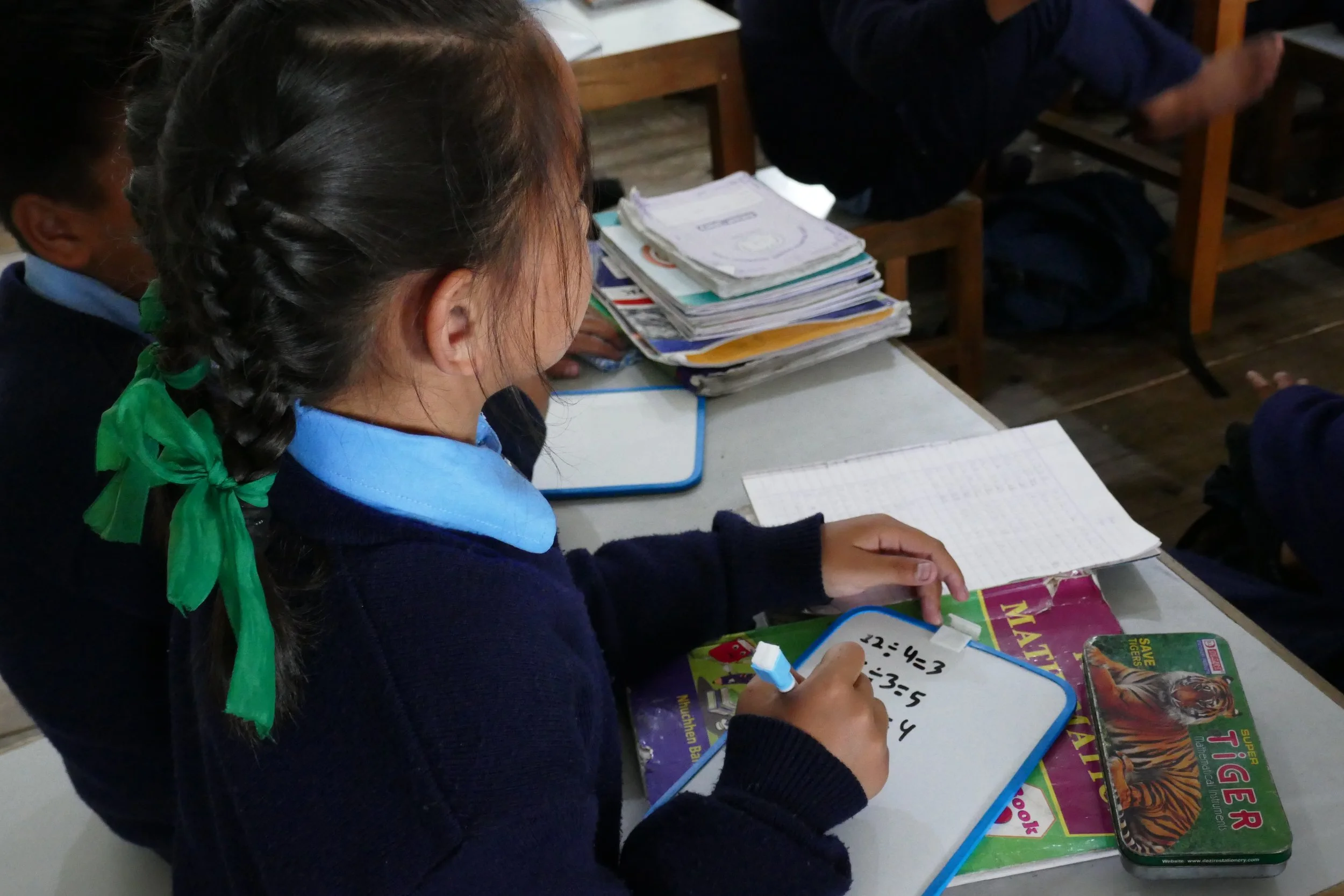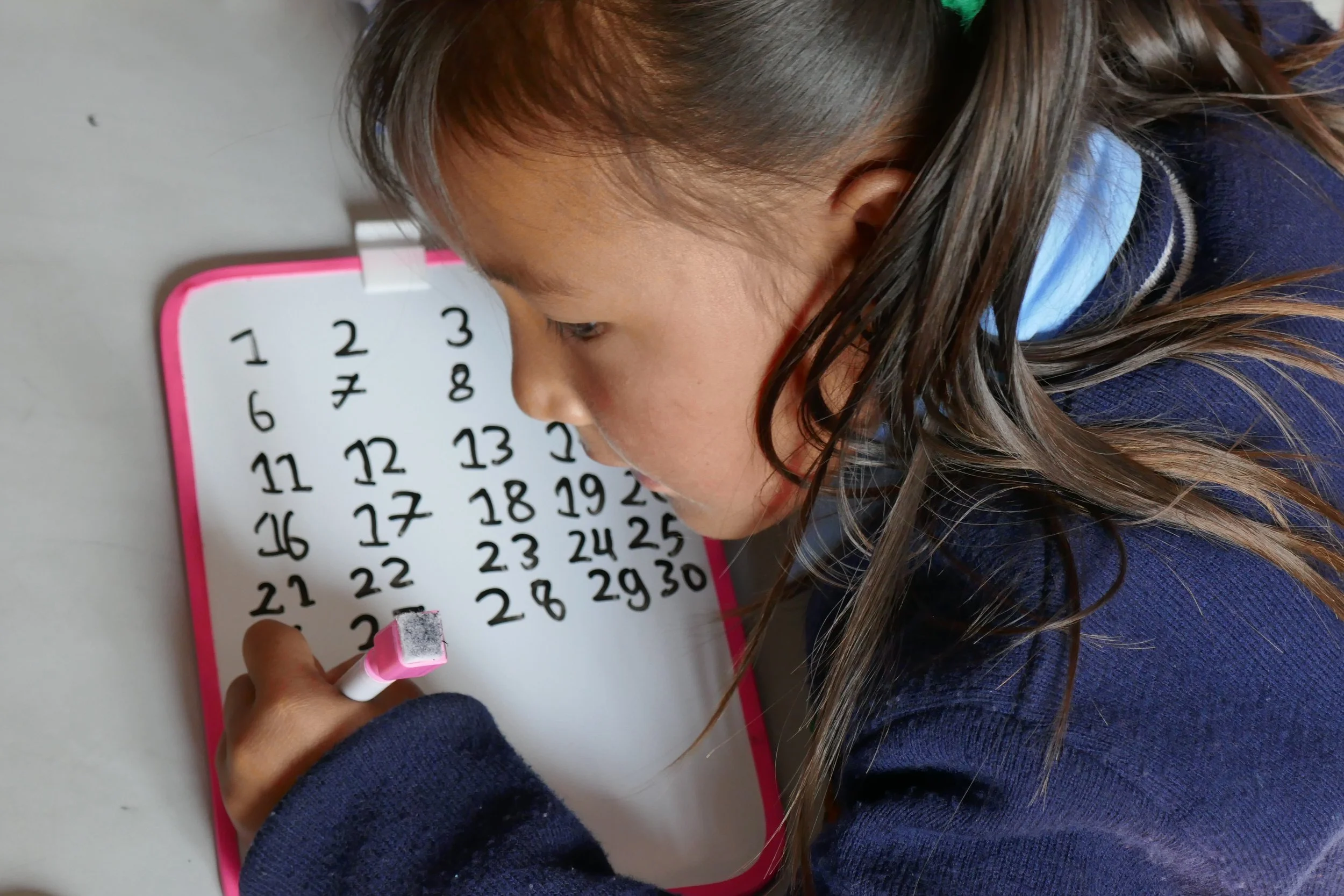
Understanding the Education System in Nepal
Nepal has made significant strides in education over recent decades. From a nation where access to schools was once limited primarily to urban elites, Nepal has expanded educational opportunities to a broader population, even in rural and remote areas. However, challenges remain in terms of quality, equity, and access.
Structure of the Education System
Nepal’s formal education system follows a school-college-university model and is overseen by the Ministry of Education, Science and Technology. It is structured as follows:
Pre-primary Education (Ages: 3–5 years)
Nursery, Lower Kindergarten (LKG), Upper Kindergarten (UKG). This is not mandatory, but it helps prepare children for primary school.
Basic Education (Grades 1–8)
Basic education is free and compulsory in principle, though implementation varies, especially in rural regions. The school year is from mid-April to mid-March.
Secondary Education (Grades 9–12)
Grades 9–10: Secondary Level
The school year is from mid-April to mid-March.
After Grade 10, students wanting to continue their educations must take the Secondary Education Examination (SEE). Students have to pass the test in order to advance in their education. Students not interested in University may go directly to technical and vocational education.
Grades 11–12: Higher Secondary, also known as "Plus Two" , “+2”, or "college"
This stage is crucial, as students choose academic majors or streams that shape their future education and career paths.
Choosing a major at the +2 level is one of the most important academic decisions in a student’s life. While the Science stream often receives the most attention, Management, Humanities, and Education offer diverse and equally rewarding paths. The right choice depends not just on academic grades but on personal interests, future goals, and long-term planning.
The school year is from May/June to March/April
Tertiary Education
Includes universities, colleges, and technical institutions.
Nepal has several public universities, the largest being Tribhuvan University, along with newer institutions like Kathmandu University, Pokhara University, and Purbanchal University.
Degree levels include Bachelor’s, Master’s, and PhD.
Technical and Vocational Education
Nepal has a growing network of technical and vocational education and training (TVET) institutions that provide practical skills in fields such as agriculture, health, hospitality, and engineering. These programs are vital for youth who do not pursue university education. The school year is generally late August/ early September end mid-June/July
Educational Challenges
Despite progress, Nepal’s education system faces significant challenges: Access in remote areas: In mountainous and rural regions, students may have to walk hours to reach the nearest school.
Quality of education: Public schools often suffer from a lack of trained teachers, poor infrastructure, and limited teaching materials.
Gender and caste disparities: While gender parity has improved, girls in some areas still face barriers. Marginalized castes and ethnic groups often have lower educational attainment.
Economic barriers: Although education is nominally free in public schools, hidden costs (uniforms, books, exam fees) can be burdensome for poor families.



